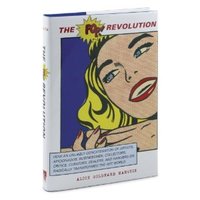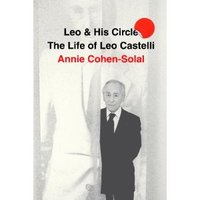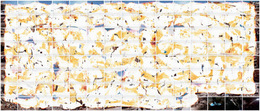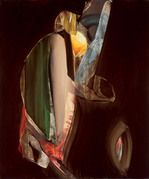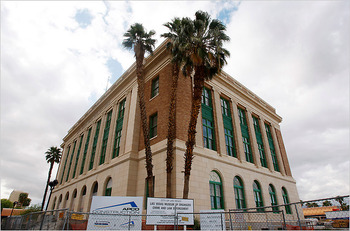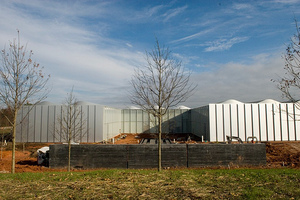Here’s a little grass-roots art effort that deserves some publicity and support: Slow Art Day. It’s kind of like the Slow Food movement, which attempts to get people to cook, eat slowly, and savor food. The art thesis is, if you look at art, really look slowly, you will see.
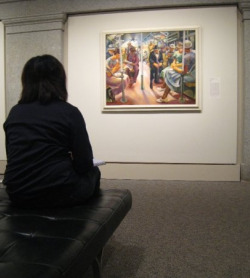 And we all know that people breeze through a museum too quickly.
And we all know that people breeze through a museum too quickly.
Even if you work in a museum, though, you may not have noticed that Slow Art Day took place in mid-April — sometimes in your very museum. A guy named Phil Terry, chairman of the Reading Odyssey, started Slow Art Day in 2009, continued it this year and is seeking hosts for 2011 on the website. Terry wants to attract people who are not regular museum-goers (and don’t we all?).
So what is it?
Run by volunteer hosts around the world, Slow Art Day helps people slow down and see art in a new way. It’s very simple. Attendees visit a local museum and view on their own 5 to 10 works of art pre-selected by the volunteer host. They then gather for lunch to talk about the experience.
The result? Participants say they get “inspired not tired” and plan to return to that museum again and again.
 This year, more than 50 museums and galleries on every continent except Antarctica (list here on FB) were the target of Slow Art groups.
This year, more than 50 museums and galleries on every continent except Antarctica (list here on FB) were the target of Slow Art groups.
Slow Art Day has a Facebook page where some participants posted comments, like
- Slow Art Day in St. Louis MO was a mind and heart shifting experience that we can’t wait to repeat! A piece I thought I would not like gave the most discussion due to its complexity.
- Slow Art Ashland was a 5-star event for sure. It was great to take the opportunity to s-l-o-w down for art, and conversation. We had a lively conversation and learned so much from each other’s perspectives.
- A simple but powerful antidote to the common syndrome of “i-really-like-art-but-museums-often-lea
ve-me-a-bit-blah.
My impression — the experience varies from place to place, and it depends on who organizes and who shows up. You can read more reports here.
And it you get inspired, here’s a link to the “How To” on FB for prospective hosts.

